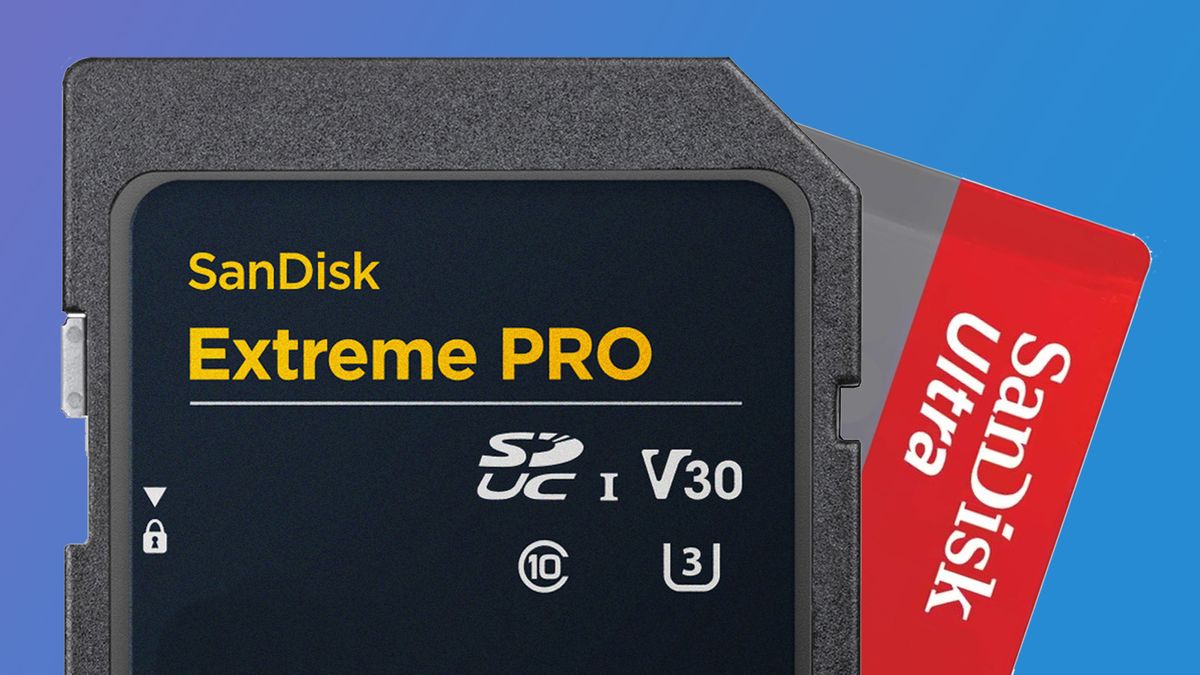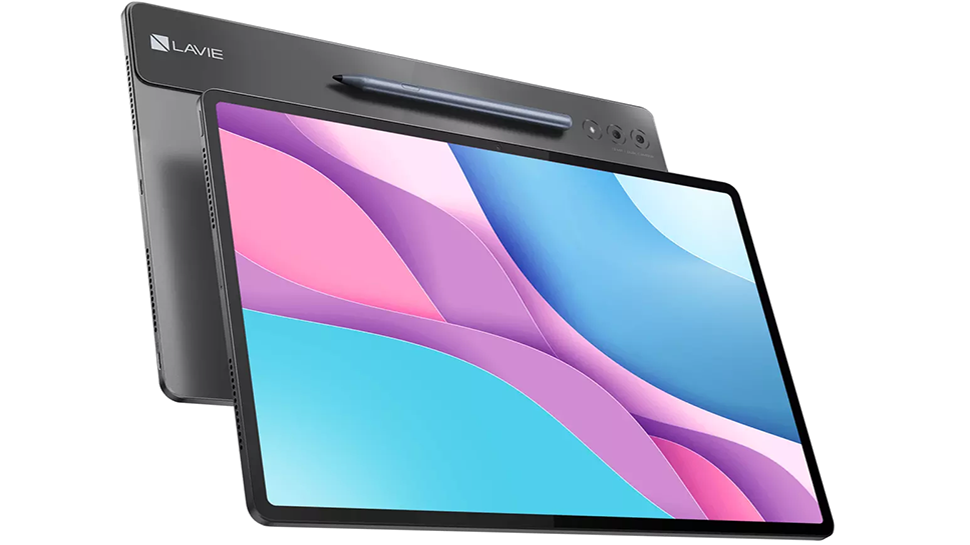In the business software space, Microsoft is unrivalled. Its suite of applications (Word, Excel and PowerPoint) has established itself as an indispensable tool in the business landscape, particularly among older, more traditional companies. This dominance has posed a significant challenge to competitors such as Google, which have struggled to gain ground in this highly lucrative market.
While Google has made great strides with Chromebooks, particularly in the education sector, penetration into business environments has proven much more difficult. The main hurdle? Compatibility with Microsoft Office, the cornerstone of corporate productivity. Businesses, reluctant to abandon familiar workflows and essential software, have been slow to adopt Google’s hardware and software ecosystem over Microsoft’s.
Cameyo is a quiet but pivotal player addressing this problem. Specialized in visualizing Microsoft applications within Google operating systems, Cameyo effectively bridges the gap between these two tech giants. By leveraging Cameyo’s technology, users can seamlessly virtualize their favorite Microsoft applications on Google platforms, preserving the familiarity and functionality that businesses rely on.
Acquisition
Last month, Google strategically acquired Cameyo, a modest move with potentially monumental implications. This acquisition signifies a shift in strategy for Google: rather than directly challenging Microsoft’s software dominance, Google is aiming to improve compatibility and expand its market reach. By integrating Cameyo’s capabilities, Google is not only minimizing disruption for users, but also improving its appeal to businesses looking to leverage Google’s hardware and cloud services without completely abandoning Microsoft’s office software suite.
This acquisition underscores Google’s smart approach to acquisitions. Rather than trying to outdo Microsoft in software development, Google has chosen to strengthen its compatibility with Microsoft applications, a move that not only saves costs but also aligns with user preferences for seamless integration and ease of use. Google has made significant investments in Google Cloud, positioning itself to compete with industry giants such as Amazon Web Services (AWS) and Microsoft Azure.
The ability to seamlessly run Microsoft’s most popular applications on Google’s operating system strengthens Google’s position as a viable cloud platform for businesses. This development also puts pressure on Microsoft to re-evaluate its strategies; while Microsoft has focused on integrating its software suite with Azure, the compatibility of its applications on Google’s operating system through Cameyo requires a re-evaluation of its approach in the face of changing market demands.
Strategic forecasting
The acquisition of Cameyo exemplifies Google’s strategic vision. Holistic and integrated technology solutions are critical to the efficiency and security of digital processes. Organizations need tools that work together to keep up with business needs and regulatory changes. This step shows a clear strategic shift towards establishing an accessible and secure product ecosystem across all platforms rather than a monolith of proprietary tools.
By solving a critical compatibility issue, Google has opened the door to a new demographic of potential business customers. First, it gives organizations the flexibility to integrate pre-existing systems with new technologies rather than having to overhaul for a single vendor. It also eases operational strains for businesses looking for tools that go beyond what a single vendor offers. Finally, it creates a clear bridge between platforms that will promote productivity between businesses and their contractors, while encouraging new conversions through ease of use and accessibility.
This move cements Google’s position as a major player in the enterprise technology market. Beyond the race to dominate the use of cloud software and infrastructure, the decision is particularly noteworthy at a time when companies are looking to integrate and capitalize on new technologies. In addition, the current international regulatory landscape demands rapid innovation, and flexibility could prove key to continued collaboration between companies. Overall, technology ecosystems are increasingly converging, and these types of shrewd acquisitions will prove critical to shaping the future of enterprise technology.
A viable alternative?
However, Google still faces the uphill task of convincing system administrators and decision makers that ChromeOS is a viable alternative. While Cameyo helps bridge the gap, it can’t completely replace the integrated ecosystem that Microsoft has perfected over decades — a standard that remains deeply embedded in corporate operations around the world. Still, it remains to be seen whether Microsoft’s dominance and strategic positioning can keep pace with the proliferation of emerging technologies and user markets alike.
Looking ahead, the impact of Google’s acquisition strategy goes beyond mere technological compatibility. It signals a broader shift in the way tech giants maneuver within the competitive landscape. By prioritizing interoperability and user continuity, Google is not only enhancing the attractiveness of its own ecosystem, but also reinforcing the importance of flexibility and adaptability in modern business environments.
In conclusion, Google’s acquisition of Cameyo marks a strategic shift in its competition with Microsoft. By addressing crucial compatibility challenges, Google has positioned itself to leverage its strengths in hardware and cloud services, while accommodating the long-standing preference for Microsoft’s software suite. This move not only expands Google’s market presence, but also sets a precedent for future acquisitions that prioritize seamless integration and user experience—a critical factor in the ever-evolving realm of enterprise technology. As companies navigate the complexities of digital transformation, Google’s approach underscores the importance of strategic acquisitions in shaping the future enterprise technology landscape.
We list the best collaboration apps.
This article was produced as part of TechRadarPro's Expert Insights channel, where we showcase the brightest and brightest minds in the tech industry today. The views expressed here are those of the author, and not necessarily those of TechRadarPro or Future plc. If you're interested in contributing, find out more here:









